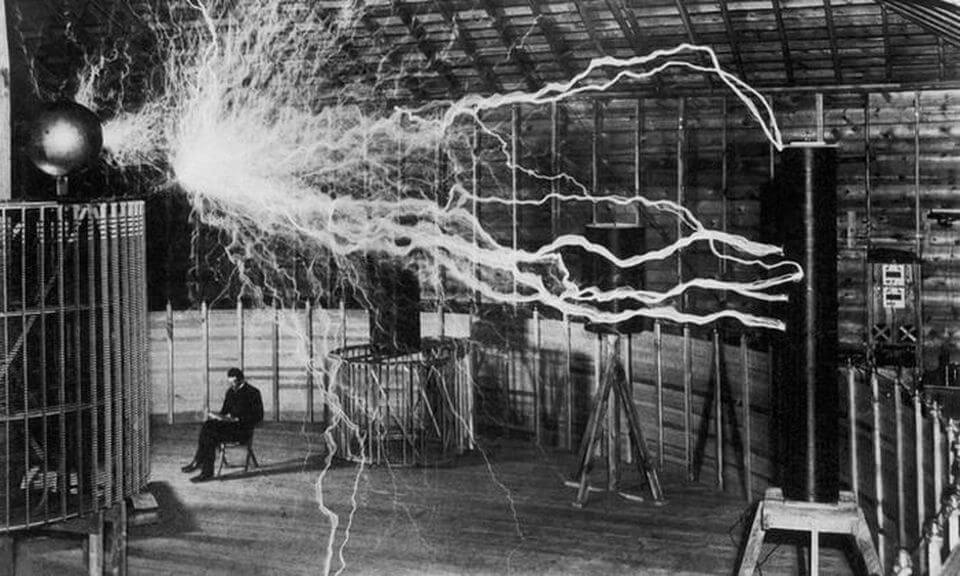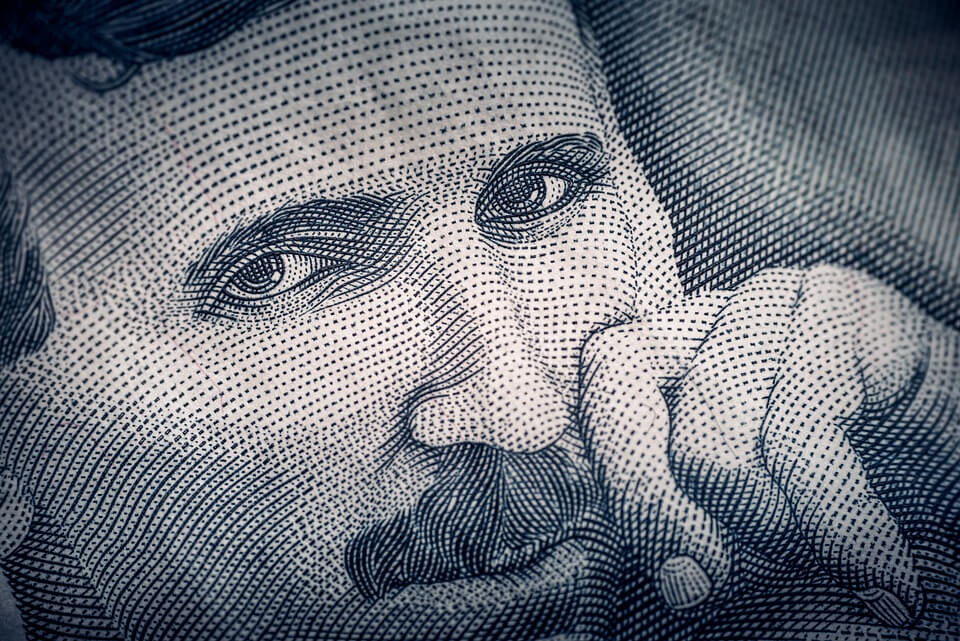Who was Nikola Tesla and what did he do? Interesting facts about Nikola Tesla’s life, biography, inventions, studies and contributions to science.

Nikola Tesla; (1856-1943), Serbian-American inventor, who pioneered in radio and invented the alternating-current motor and system that made the universal transmission and distribution of electricity practicable. He was born in Smiljan, Croatia, on July 10, 1856. His father was a clergyman of the Serbian Orthodox Church and his mother an expert needleworker and an inventor of home implements. Tesla received a technical training at the polytechnic school in Graz and the University of Prague. In 1881 he began work for the newly founded telephone company in Budapest, and in late 1882 he joined the Continental Edison Company in Paris.
Unable to interest European engineers in a new alternating-current motor he had conceived, Tesla went to the United States in 1884. For nearly a year he redesigned dynamos for Thomas Edison in New York City. Establishing his own laboratory in 1887, he began a spectacular career of research and invention. He became a U. S. citizen in 1891. By the turn of the century his accomplishments had made the name of Tesla as world famous as that of Edison.
Electric Power Transmission:
Tesla’s first and probably greatest achievement was his discovery of the rotating magnetic field (a magnetic whirlwind produced in a motor winding by the interaction of two or more alternating currents) and his brilliant adaptation oT it to his induction motor and polyphase system for the generation, transmission, and distribution of electric power (see Electric Motors—Alternating-Current Motors). The combination of this motor and this system (patented 1888-1896) provided the first practical means for generating large quantities of electricity of a single kind in one place and transmitting it economically over long distances for use at another place. It made possible the original large-scale harnessing of Niagara Falls (1895-1903) and furnished the key that soon changed the era of local electric lighting in large cities to one of electric light and power wherever needed.
Today practically all the electricity used in the world is generated and transmitted by means of the 3-phase form of the Tesla polyphase system and is turned back into mechanical power by updated models of .3-.phase and split-phase motors originally covered by his patents.

Source: pixabay.com
Tesla Coil:
Hoping to develop a light more efficient than the incandescent lamp, Tesla began researches with alternating currents of high frequency and high potential in 1889. At first he produced these currents with high-frequency alternators of his own design. Desiring still higher voltages, he invented the “Tesla coil” (1891), an air-core transformer that had its primary and secondary tuned to resonance. For operation on these high voltages, he created many gas-filled, phosphor-coated, tubular lights without filaments—prototypes or modern neon and fluorescent lights. While investigating currents from his coil, Tesla also made pioneer contributions to the then unborn fields of high-frequency induction heating, diathermy, and radio. One of his discoveries was that alternating current at tremendously high voltage could be harmless if the frequency were high enough.
Tesla’s lectures in America and Europe (1891—1893) aroused widespread interest in currents of high frequency and potential. They became known as “Tesla currents,” and by 1900 probably every university laboratory in the world had acquired a Tesla coil to demonstrate them.
Radio and Wireless Power:
Tesla predicted wireless communication (1893) and devised basic circuits and apparatus that were later adapted by himself and others for actual wireless transmission. At Colorado Springs (1899-1900) he built the largest Tesla coil ever constructed—a 12-million-volt machine that gave sparks up to 135 feet long—in an attempt, partially successful, to send electric power without wires. As early as 1900, Tesla proposed a “world wireless” plant that would send not only ordinary messages but many other services. These included facsimiles of pictures and a program of time, weather, and other reports that was later introduced as “broadcasting.” In 1898, anticipating radio-guided missiles and aircraft, Tesla developed torpedoes and ships guided by radio, and in 1917 he accurately forecast radar.
Honors:
Among many honors, Tesla received degrees from Columbia and Yale Universities, the Elliott Cresson Medal of the Franklin Institute, and the Edison Medal of the American Institute of Electrical Engineers. In 1956, as part of international commemorations of the centennial of his birth, the term “tesla” (T) was adopted as the unit of magnetic flux density in the mksa system. He died in New York City on Jan. 7, 1943.